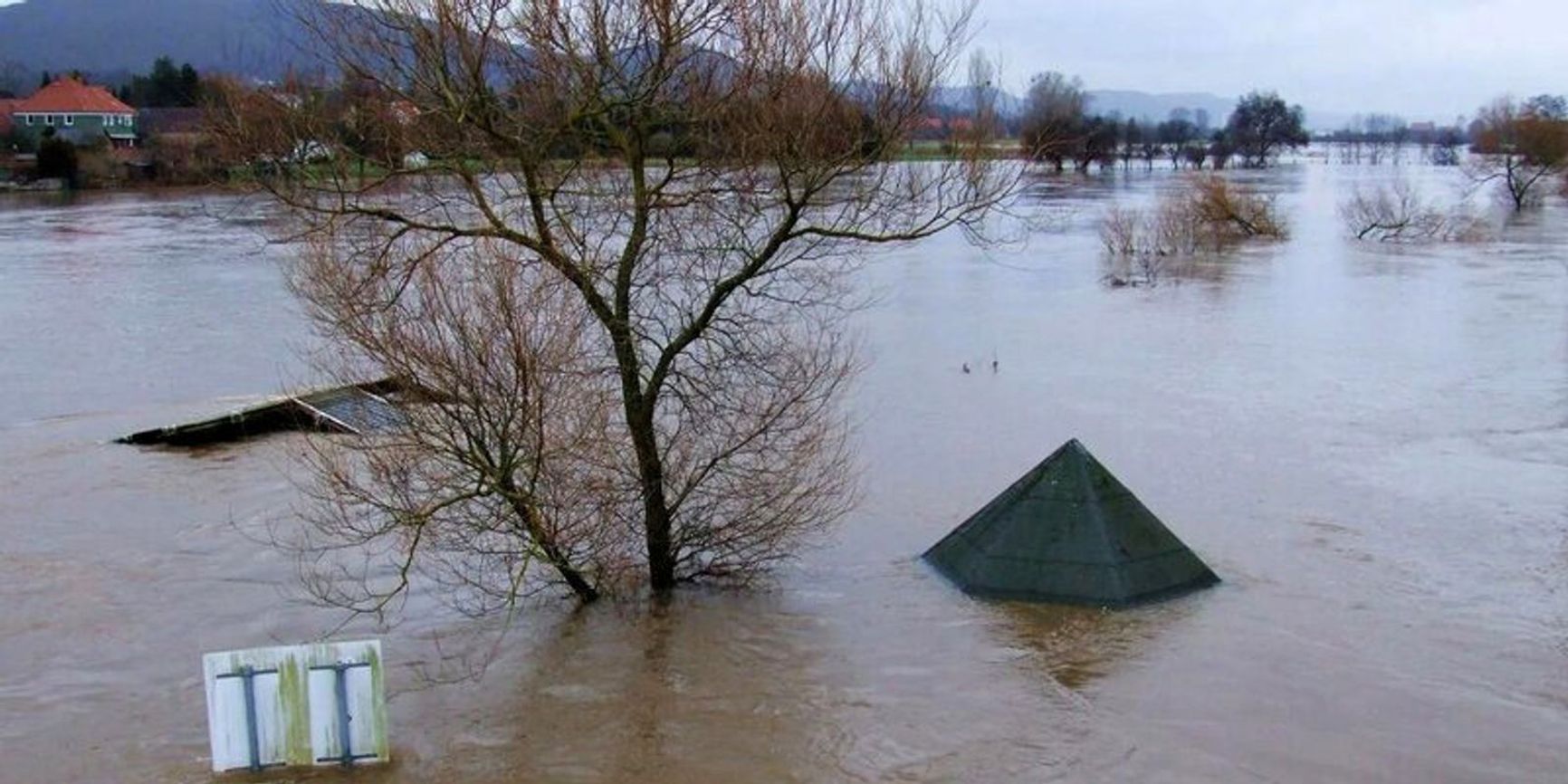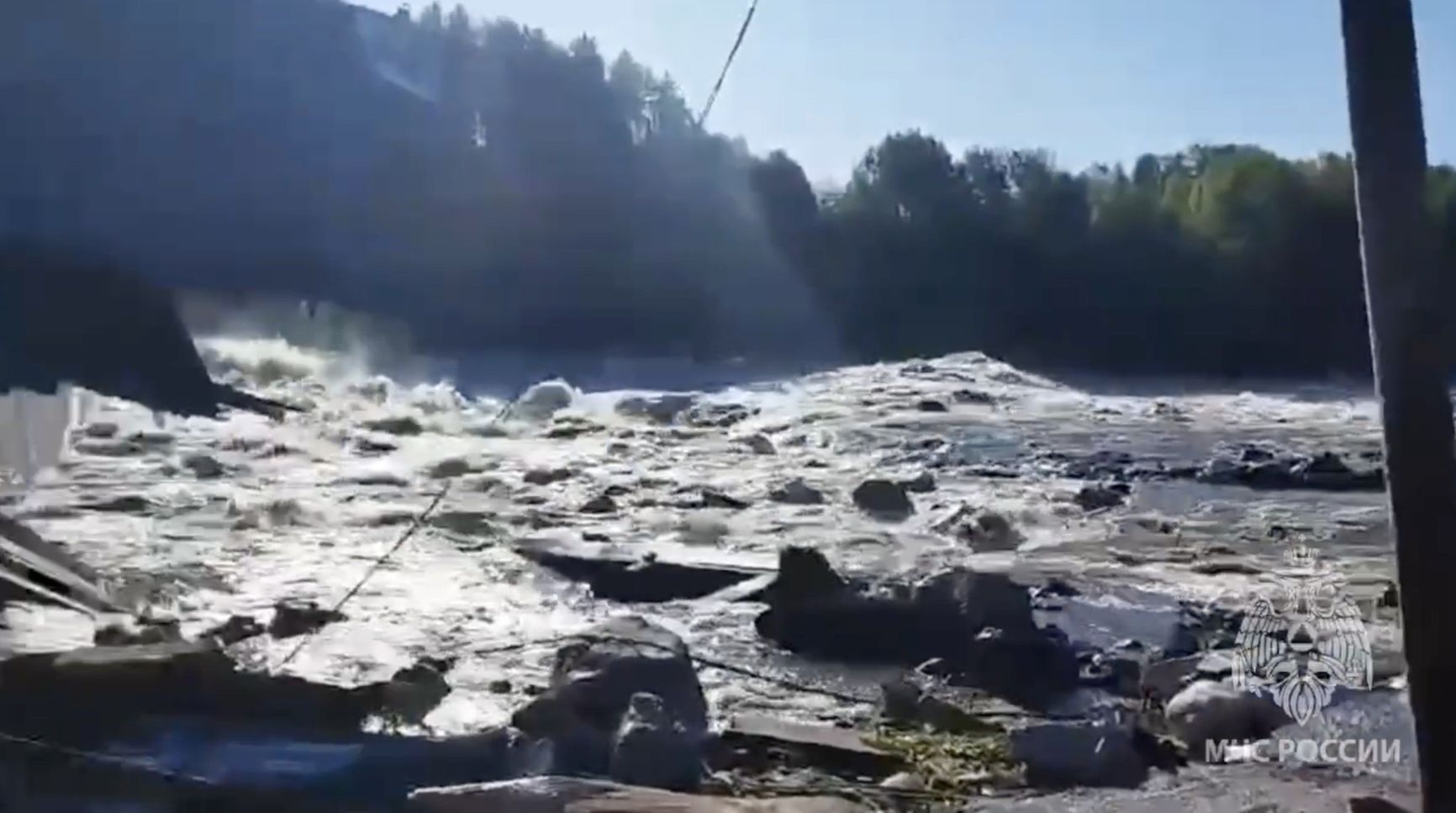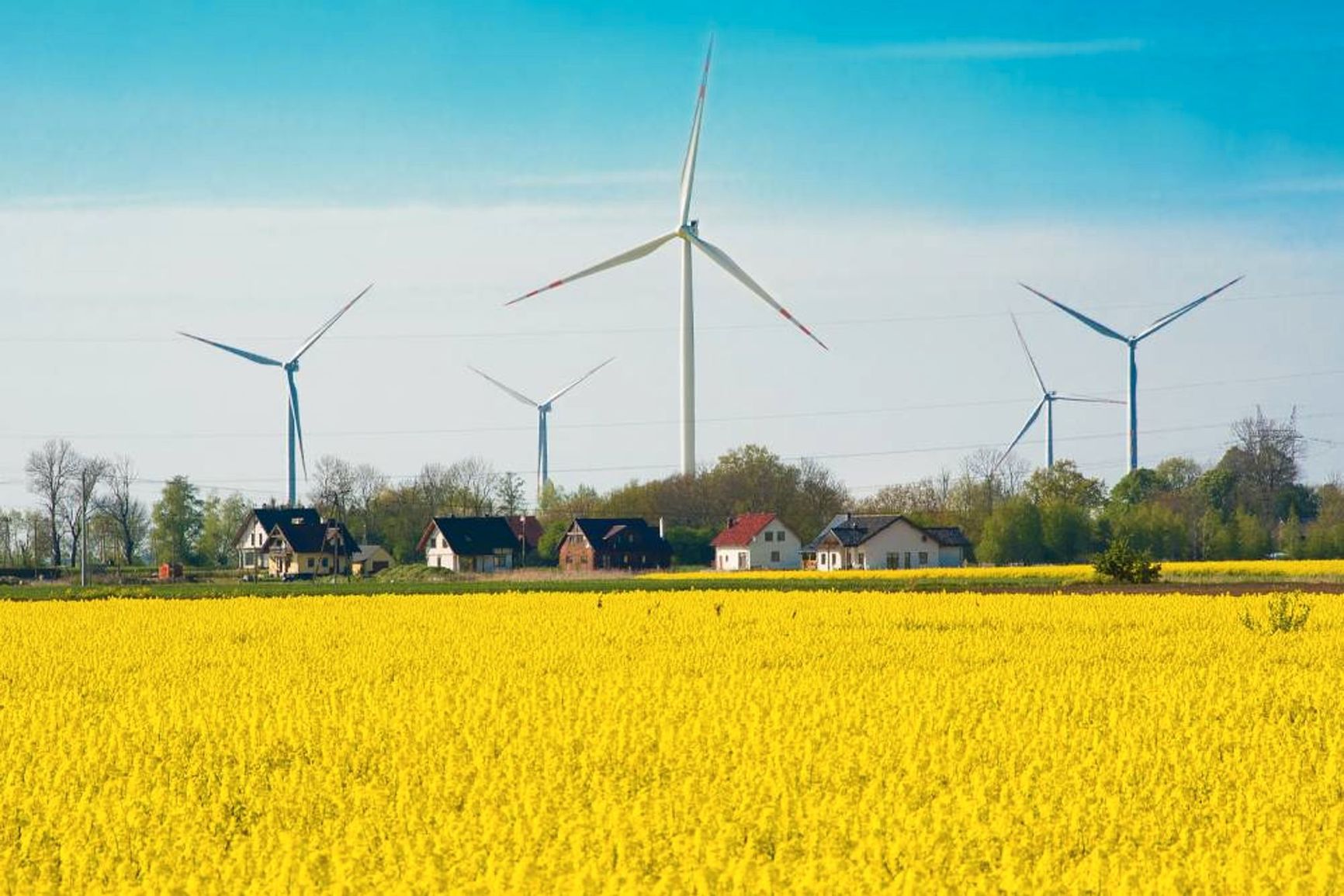

On the night of August 26-27, heavy rains led to flooding in Sochi, Russia, affecting the city hospital and several residential buildings. Power lines were damaged by fallen trees. Just a few weeks earlier, from late July to early August, four dams burst in different regions of Russia. In the spring, the Urals and Siberia experienced weeks of flooding, while the south was hit by heat waves that caused widespread power outages. Last winter, extreme cold left entire cities and towns without heating for several days. Despite these consequences, officials do not attribute their cause to climate change — or connect the various disasters to one another. And yet, the climate is changing, and Russia is failing to adapt.
Content
Floods and other dangerous natural phenomena in Russia
Is climate change to blame?
What about the rest of the world?
War is a priority
Floods and other dangerous natural phenomena in Russia
During the night of August 5-6, heavy rains in Dalnerechensk, Primorsky Krai, caused a temporary dam to burst, cutting off transport connections for 23 settlements.
On August 3, at the Khonkholoy reservoir in Buryatia, water overflowed a dam, destroying several bridges. The regional prosecutor's office reported that the breach was due to heavy rain.

An emergency regime was declared in Buryatia following the dam failure, prompting the evacuation of residents
Earlier, on July 29, in the Segezha district of Karelia, water washed away a temporary sand barrier between the 10th and 11th lock gates of the White Sea-Baltic Canal, resulting in the deaths of three people. The canal locks were undergoing reconstruction at the time of the incident.

The flood zone in Karelia included settlements near the 11th lock gate and the “Baltic” gardening community
On July 26, heavy rains caused a dam to burst at the Kialim reservoir near Karabash in the Chelyabinsk region. Four settlements, with a combined population of 200, found themselves in the flood zone. Twenty houses were damaged, but fortunately, there were no casualties. The reservoir had undergone reconstruction in 2012.

A 100 m long dam washout occurred at the Kialim reservoir (the total length of the dam is 500 m)
In the spring of 2024, floods impacted more than 40 regions across Russia. The situation was particularly severe in Orsk, Orenburg region, where on April 5 a dam on the Ural River, built in 2014, burst due to a powerful flood. The breach led to the flooding of approximately fifteen thousand homes and thirty thousand household plots, resulting in at least seven deaths.
In the spring of 2024, floods impacted more than 40 regions across Russia
Despite the widespread devastation, Russian President Vladimir Putin did not visit any of the affected regions. When asked by journalists whether the Russian leadership views the dam breaches as a systemic issue, his press secretary, Dmitry Peskov, responded that local authorities and relevant departments are handling the situation.
Many of the destroyed dams were either newly constructed or temporary, indicating that they were not relics of a bygone era built for a different climate. However, it is evident that the authorities are not addressing the challenges posed by climate change. This neglect is compounded by other issues reported in the media, such as construction violations, poor maintenance, and the lack of restrictions on settling in river floodplains.
In 2024, Russia faced several extreme weather events that triggered emergency situations. On July 16, the first power unit of the Rostov Nuclear Power Plant was shut down due to a false activation of the generator protection system. It was restarted later that evening, but the incident caused widespread power outages across Krasnodar Krai, North Ossetia, Stavropol Krai, Kabardino-Balkaria, Karachay-Cherkessia, Dagestan, and the annexed Crimea.

The mayor of Krasnodar, who arrived at a spontaneous rally sparked by daily power outages, offered to be put in handcuffs as a gesture of accountability. July 17, 2024
The following day, July 17, an overloaded high-voltage line left residents of the Rostov region without electricity. This was just one of many power outages in southern Russia, exacerbated by extreme heat and a surge in tourism to the area. On July 16, the region’s energy system recorded a historic peak in power consumption, reaching 20,954 MW.
On July 16, a historical record of power consumption was recorded in the energy system of southern Russia
Last winter, Central Russia experienced abnormal frosts, and thousands of people in the Moscow region were left without heating during the New Year holidays. Due to severe frosts in other regions, accidents occurred at communal facilities and heating and hot water were cut off in the Voronezh, Ryazan, Tyumen, Yaroslavl, and Leningrad regions.
Is climate change to blame?
Without specialized studies, it is impossible to say with complete certainty that the dam breaches in Russia are directly linked to climate change. However, it is undeniable that the climate is changing both globally and within Russia, leading to more frequent and intense natural disasters, as well as heat and cold waves.
The Intergovernmental Panel on Climate Change (IPCC) reports that from 2011 to 2020, global surface temperatures were approximately 1.1°C higher than in 1850-1900, with temperatures rising faster over land (by 1.59°C) than over the ocean (0.88°C).
The warming is largely driven by greenhouse gas emissions, primarily from the burning of coal and other fossil fuels for heating and industrial processes.
According to Roshydromet, since the mid-1970s, Russia's average annual temperature has been increasing 2.5 times faster than the global average. This warming trend is observed across the country and throughout all seasons, with the most rapid changes occurring in the Arctic. Over the past 20-25 years, the number of dangerous natural phenomena in Russia has nearly doubled, a trend directly linked to climate change.
Since the mid-1970s, Russia's average annual temperature has been increasing 2.5 times faster than the global average
The Third Assessment Report by Roshydromet, published in 2022, highlights an increased flood risk and a rising rate of precipitation in several regions of Russia, with the Arctic experiencing a growth in precipitation intensity that surpasses global averages. This heightened precipitation can lead to loss of life, damage to infrastructure and homes, and the flooding of mines, as drainage systems were designed based on now-outdated climate data. For example, during the spring flood in the Kurgan region, old uranium wells at the Dobrovolnoedeposit were flooded.
The report also indicates a growing number of days featuring extreme precipitation across Russia. Notably, there has been a sharp rise in extreme daily precipitation totals in the Siberian Federal District, particularly in summer, and in the Central Federal District, especially in the spring and autumn.
As average winter temperatures and precipitation continue to rise, most regions of Russia are expected to experience a warmer and more humid climate. In traditionally cold areas, such as the Northern Urals and Central and Eastern Siberia, this could lead to an increased spring snowpack, complicating flood conditions in the catchment areas of the country's largest rivers during the snowmelt period.
What about the rest of the world?
Natural disasters affect all countries, with the most severe impacts often felt in poorer regions. For instance, after enduring a three-year drought, in 2023 the Horn of Africa faced devastating floods that displaced 1.8 million people across Ethiopia, Burundi, South Sudan, Tanzania, Uganda, Somalia, and Kenya. This was in addition to the 3 million people already forced from their homes due to a prolonged drought.

The drought led to famine for 13 million residents in the Horn of Africa
To assist poor and developing countries in coping with the effects of the climate crisis — a crisis largely driven by developed nations that for decades have burned massive amounts of fossil fuels — the 28th session of the UN climate negotiations (COP28) approved a plan to establish and operate the Loss and Damage Fund. However, the $650 million in contributions pledged by developed countries during the negotiations falls far short of the estimated $400 billion needed by poor and developing nations by 2030 just to mitigate the problem.
Even in developed countries, efforts to adapt to climate change are often inadequate. Many European cities remain poorly prepared for the increasing frequency and severity of extreme weather events. For instance, Germany experienced multiple severe floods in 2024, resulting in loss of life. Unlike in Russia, however, officials in Germany visited the affected regions and immediately linked the events to climate change, calling for stronger measures to protect against its consequences.

In June, heavy rains caused devastating floods in southern Germany
In June 2024, German Chancellor Olaf Scholz visited the flood-affected regions of Bavaria, marking his fourth visit to a disaster-struck area that year. He emphasized that, “We cannot neglect the task of stopping anthropogenic climate change.” This commitment translated into action when, on July 1, 2024, the National Climate Change Adaptation Act came into effect in Germany. This landmark piece of legislation establishes adaptation as a formal state responsibility under federal law. It mandates that the federal government, states, and local authorities enhance flood protection infrastructure, create green spaces to mitigate heat waves, and implement other climate resilience measures.
On July 1, 2024, the National Climate Change Adaptation Act came into effect in Germany
The fight against climate change (i.e. the reduction of greenhouse gas emissions), often portrayed in Russia as a significant economic burden, can actually bring substantial economic benefits. According to the IPCC report, the costs of some low-emission technologies, such as solar and wind power plants and lithium-ion batteries, have steadily decreased since 2010.
In many parts of the world, electricity from solar and wind sources is now cheaper than that from power plants that run on fossil fuels, and electric vehicles are becoming more competitive with those powered by internal combustion engines. In some countries, sticking with carbon-intensive systems is already more costly than transitioning to low-emission alternatives.

Wind turbines in France
Approximately 60% of documented measures for adapting to climate change focus on water-related issues, with particular emphasis on the agricultural sector. Key measures include managing water resources, enhancing water storage, maintaining soil moisture, and improving irrigation practices.
Flood risks can be mitigated through early warning systems, better natural water retention strategies (such as restoring wetlands and rivers), and thoughtful land use planning (including restrictions on construction in vulnerable areas).
War is a priority
According to media outlet Sibir.Realii, Russia spends over 17 times more on its war in Ukraine in a single day than it does on repairing dams nationwide in a year—30 billion rubles ($328 million) versus 1.74 billion ($19 million). Various estimates suggest that the average annual damage from global warming in Russia could reach 60 billion rubles ($656 million). However, this figure could be significantly higher, as no comprehensive analysis has been conducted to date.
Russia spends 17 times more on the war in Ukraine in a single day than it does on repairing dams nationwide in a year
The damage from the spring flood in the Orenburg region was estimated by local authorities to exceed 40 billion rubles ($437 million). The total cost of the spring flood across Russia was likely higher, but it remains comparable to just a few days of military spending in Ukraine.
Climatologists report that Russia is struggling to adapt to climate change and that it lacks a unified system for accounting for damage caused by adverse climatic events. While some mitigation measures are underway — such as the approval of climate change adaptation plans in 75 of Russia's regions as of May 2024 — the quality of these plans varies significantly, with some regions treating them as mere formalities.
President Putin acknowledges that the Earth's climate is changing, but he attributes these changes to both human activity and “global processes.” He has expressed skepticism about the true causes of global climate change, and although he is aware that temperatures in Russia are rising faster than the global average, he has not taken the issue of anthropogenic climate change seriously. Occasionally, he has even suggested that Russia might benefit from these changes, noting with some optimism the enhanced transport opportunities climate change has wrought by opening up the Northern Sea Route to navigation.
Even more than Putin’s rhetoric, the Russian state’s actions make it clear that coping with climate change — and its attendant natural disasters — is not an important part of the Kremlin’s agenda. Instead, its top priorities are the war in Ukraine and geopolitical expansion, and maintaining Russia’s position as a major exporter of hydrocarbons. Both tasks are being solved extremely unsatisfactorily: the offensive of the Armed Forces of Ukraine in the Kursk region indicates poor protection of the Russian border, and Russian fossil fuels have been redirected from West to East with great difficulty — and at considerable cost to Russia itself, as evidenced by the unprecedented losses of state gas giant Gazprom.
In this context, the Russian leadership clearly has little bandwidth for addressing domestic floods. Moreover, adapting to climate change is a complex and labor-intensive task that requires thorough, multi-faceted analysis and the prompt development of effective policies. This demands highly qualified specialists and a conducive environment in which experts’ findings and recommendations are taken seriously and implemented in a timely manner. Currently, Russia lacks both the necessary expertise and the conditions to effectively address these challenges even if the proper analyses were being made.